One of the biggest changes unveiled with the iPhone 7 was the deletion of the phone's 3.5mm headphone jack in favor of an all Lightning solution. It's been a divisive issue, but luckily there are plenty of viable options out there, from Bluetooth devices to high-fidelity third-party Lightning products.
For the Athlete
Athletes looking for light, sweat-proof and waterproof headphones without wires can try the $150 Under Armour UA Wireless Headphones that marry ergonomic ear tips that you twist and lock. Another option is the inexpensive SENSO ActivBuds Bluetooth Headphones, a sweat-proof and noise-canceling headset that sells for $34.
If comfort is important
If you're looking for comfort due to long-term wear, and not necessarily looking for small or compact options, then consider Audio-Technica's popular ATH-M50x which sell for $130 on Amazon.com. A higher-end offering from Sennheiser, the PXC 550, is noise-canceling and also comfortable to wear, but comes in at a hefty $400.
Unique to Apple
A number of companies are offering headphones that are specialized for the missing headphone jack in the iPhone 7. The Philips Fidelio M2L, for example, provides an all-digital connection to 48kHz high-resolution audio files from an iPhone via the Lightning port.
Another option that AppleInsider got a sneak peak of is the new Audeze iSine, the word's first-ever planar magnetic in-ear buds. They're ultraportable, and offer superior sound by cramming patented "Fluxor Magnets" inside a lightweight shell that can clip to your ear and easily fit in your pocket.
Beats by Dre
Apple-owned Beats offers a range of options for iPhone users. The latest Beats Solo3 is almost identical in appearance to its predecessor, the Beats Solo2, but comes with a W1 chip that boosts battery life and simplifies the pairing process with iPhone 7.
Alternative options
If you're not quite ready to ditch your 3.5mm headphones you can easily use the Lightning adapter that comes with the phone, but you can't charge and listen at the same time. It's also limited by the lack of mic and audio control support for third-party headphones, meaning you can't use the in-line mic and controls to talk to Siri or take a call.
If you want to stick with an Apple product, the iPhone Lightning Dock allows you to charge your phone and utilize a spare 3.5mm plug on the back of the dock to listen via headphones.
Alternatively, the Fuze Caseis being funded through crowdsourcing site Indiegogo and integrates the adapter dongle that Apple has included into their phone case. The result is a restored headphone jack that still allows access to the Lightning port of the device. It also has a built-in 2,400 mAh battery for the iPhone 7 and a 3,600 mAh battery for the iPhone 7 Plus.
Third-party options also include a Fuze battery case that has an integrated 3.5mm jack and Griffin's $20 iTrip Clip that turns corded headphones wireless allowing taking calls or talking to Siri with it's built-in mic.
AppleInsider will be providing more in-depth reviews of a few of these headphones in the coming weeks.
 Ashley Wright
Ashley Wright
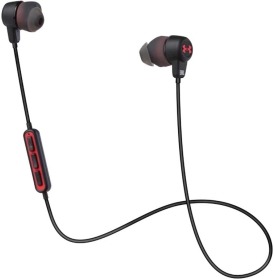

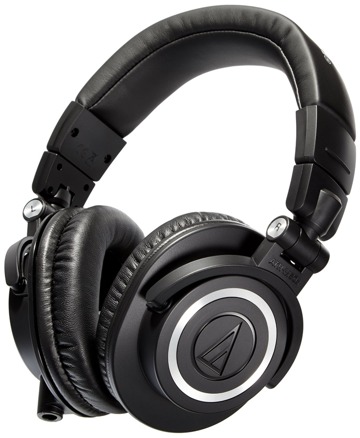

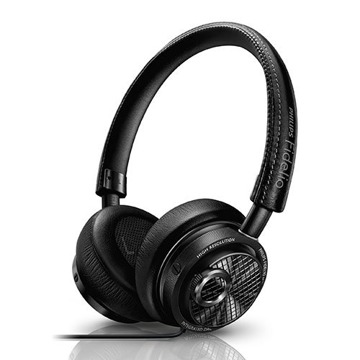
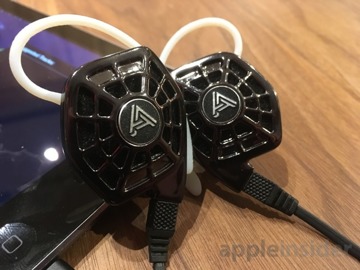

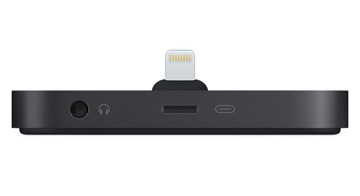
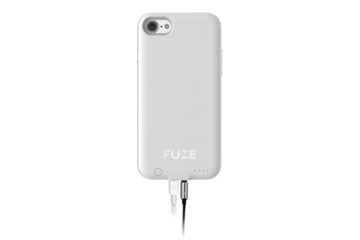
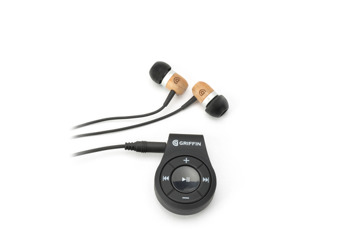







-m.jpg)




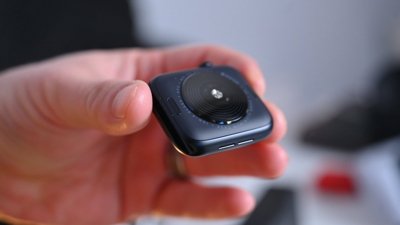
 Charles Martin
Charles Martin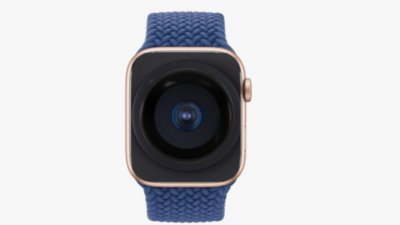
 Malcolm Owen
Malcolm Owen
 William Gallagher
William Gallagher
 Stephen Silver
Stephen Silver
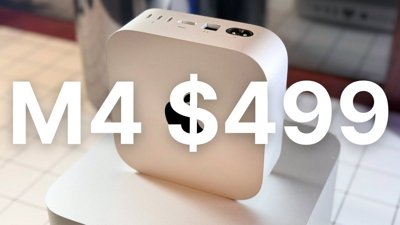
 Christine McKee
Christine McKee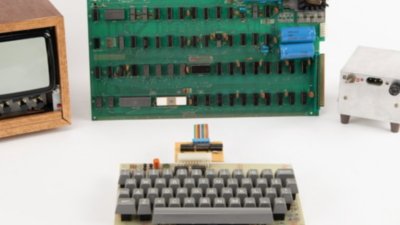
 Amber Neely
Amber Neely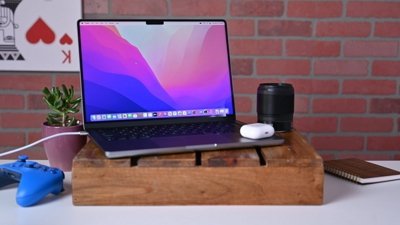
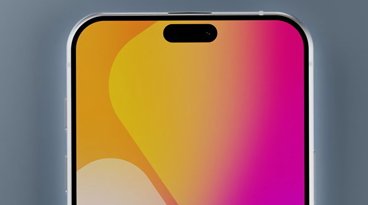
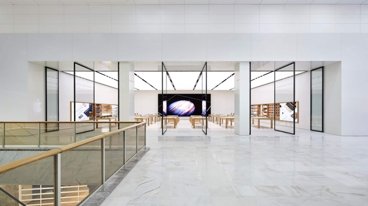
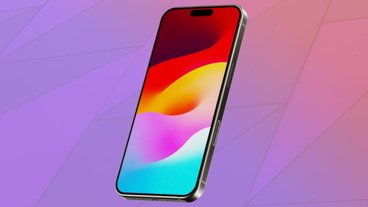




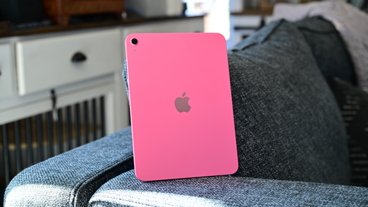
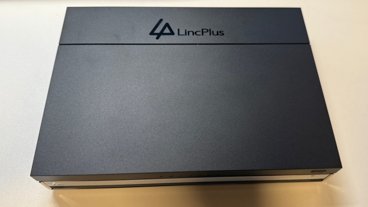

58 Comments
Aren't some readers reporting that in-line mic and volume controls are working on conventionally jacked headphones through the included adapter
Personally, I love the ATH-M50x headphones, and have a pair myself, but they aren't wireless, so I'm not sure why they're included in this article.
I also did many tests on my awesome car stereo and iPhone of wired vs bluetooth, and the bluetooth quality was horrible! It was like throwing away the entire stereo and replacing it by a small boom box. So I did some Googling and found out that there are many reasons you won't even get the 350 kbit/sec max of bluetooth 4. First, the receiver and sender must support identical codecs. And second, they must negotiate a minimum compatible transfer rate. Some receivers, even if they could support the full rate, may just default to the 50 kbit/sec transfer rate. And finally, there is the quality of the codec itself, which can be extremely lossy.
I really think Woz said it best - don't FORCE people into wireless until a standard exists that has quality comparable to wired. That's why people throwing around the floppy disk analogy are wrong - when Steve ditched the floppy disk, there were new storage mediums that had higher capacity and were faster than flash. What bluetooth needs is a STANDARD, LOSSLESS codec that can be supported across the board.
who's "forcing" anybody? sounds like you and Woz need to look that word up.